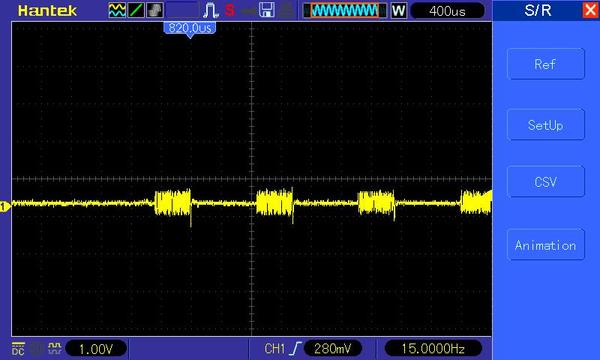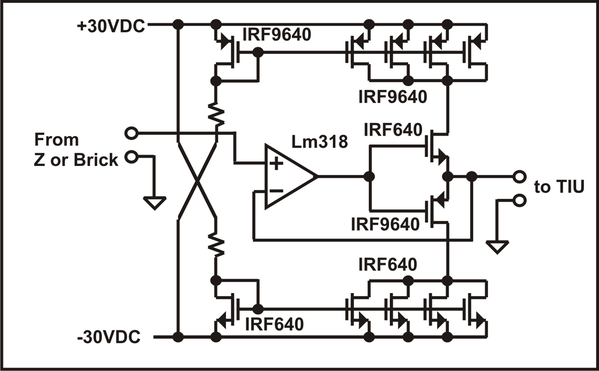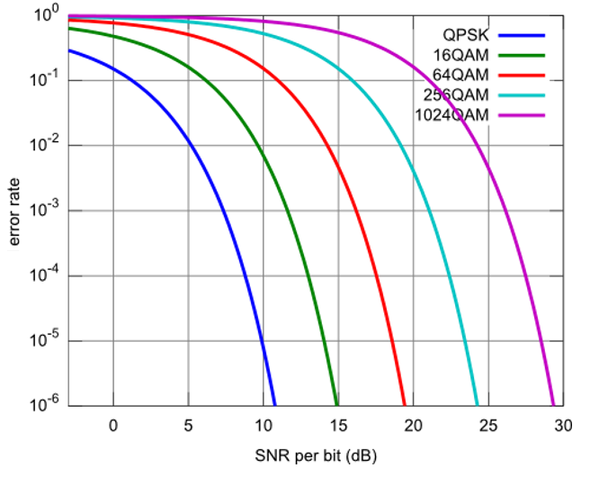Hi there,
1. On a channel that offers 5V of swing the "DCS signal test" provides 10 on a section of 3 foot track with a single engine sitting idle (The DDA40x I use in all my videos). A weaker 300-400mV swing channel also produces a "DCS signal test" of 10 on the same 3 foot track section with the same engine sitting idle.
This result is not astonishing, when there is no noise to compete with, no TMCC signal to compete with, and no losses from long wiring, both a strong or a weak signal will propagate to the engine.
2. Once the same TIU is transferred into our large layout, the track sections with weak channels create difficulty controlling trains (speed can't be changed until the train leaves that block, horn doesn't sound, ... IE DCS packets aren't getting there). So yes, the difficulties of a weak output channel only become apparent when connected to a layout with lots of transient events and other signals (TMCC mostly) that the DCS signal has to compete with for successful propagation and decoding.
3. I finished the test described above last night... where a fresh TIU is taken out of the box, and I used a PC to periodically short it with a relay, then reset power to it to simulate train derailments. The test ran with a short every 5 seconds for 300 seconds total. Here are the results:

It's going to take me a day or two to go in and see exactly which component is failing (though I have my suspicions) . It's conclusive to say this simple test demonstrates that derailments do eventually damage the TIU hardware. I'll Identify exact components shortly.
~Adrian
------------------------------------------------------------------------------------------------------------------------
Hi Adrain
Your description above can explain some of the erratic performance we are getting from our clubs layout which is close to 6,000SF. On the test track we get readings of 10, but on the layout especially during an open house where we have a dozen trains (DCS & TMCC) running, the DCS performance is flakey. I could have a bad TIU and still get readings of 10 under ideal conditions.
I should be receiving the components today for the filter you used to take the TIU scope readings. With the TIUs where you saw a weak DCS signal output, did you ever investigate to find the bad component in the TIU?
Thanks for your detail explanation of the DCS operation. It helps to diagnose an issue when you better understand how the system works.
Bob D


















